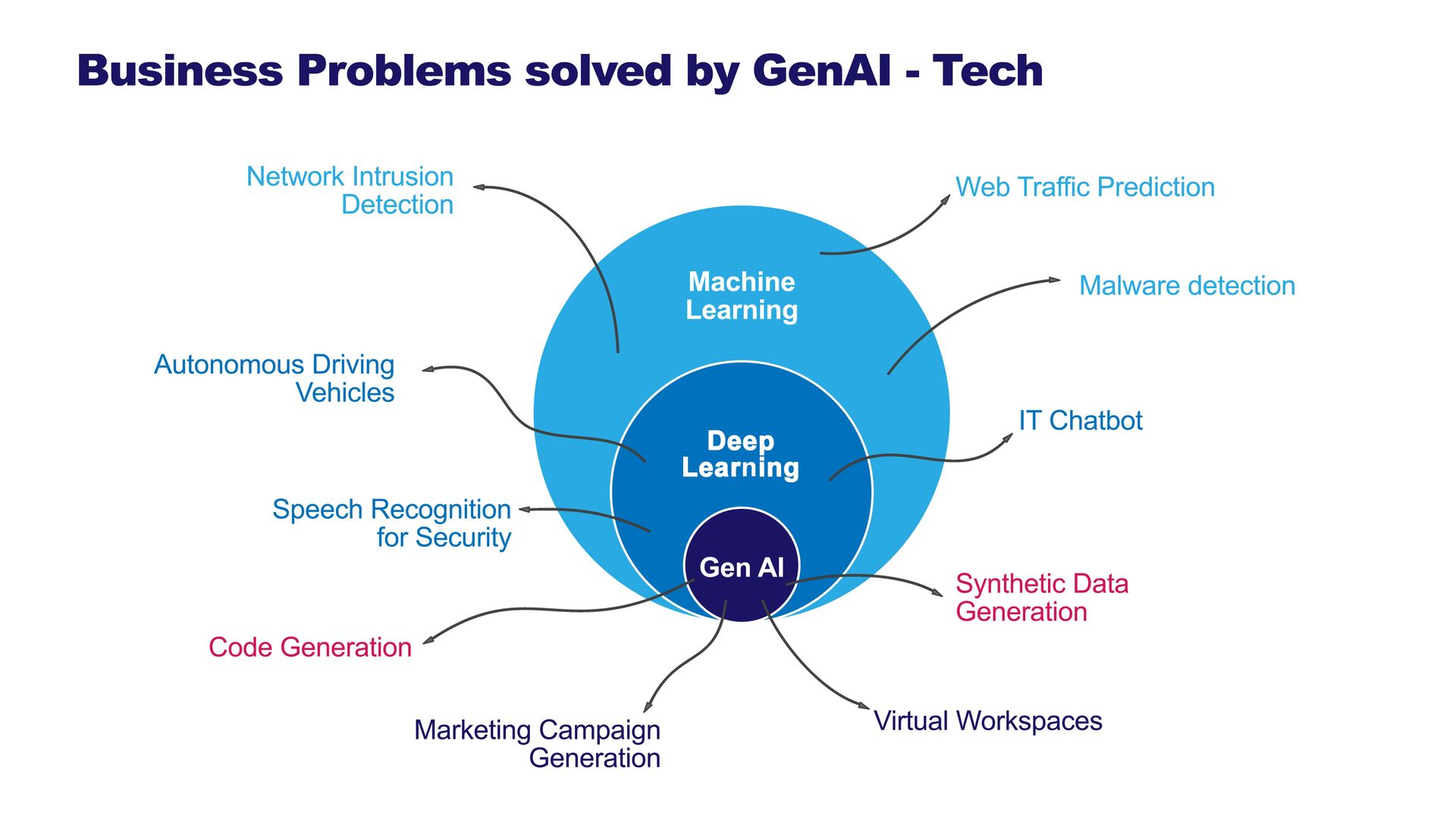A Comprehensive Guide to Designing and Implementing Cloud App Backup and Disaster Recovery Strategies
September 20, 2023
Backup and disaster recovery strategies are a critical aspect of modern business continuity planning.

In today's digital age, data is the lifeblood of businesses. The ability to safeguard critical data and quickly recover from unexpected disasters is essential for ensuring business continuity and minimizing downtime. Cloud-based applications have become the cornerstone of modern business operations, making it imperative to have robust backup and disaster recovery (DR) strategies in place. In this comprehensive guide, we will delve into the intricacies of designing and implementing effective cloud app backup and disaster recovery strategies.
Backup Strategies
Regular Automated Backups
Implementing a routine backup schedule is fundamental. Automated backups ensure that your data is consistently saved without human intervention. This reduces the risk of data loss due to oversight.
Incremental and Full Backups
Combine full backups with incremental backups for efficiency. Full backups capture the entire dataset, while incremental backups only save changes since the last backup. This minimizes storage costs and speeds up recovery times.
Disaster Recovery Strategies
Redundancy and Failover
Deploy your cloud applications across multiple availability zones or regions. This redundancy ensures that if one zone or region experiences an outage, your application can failover to another, maintaining uninterrupted service.
Disaster Recovery as a Service (DRaaS)
Consider DRaaS solutions that provide real-time replication of your data and applications to a secondary location. This approach offers rapid recovery and minimal data loss in the event of a disaster.
Backup and DR Tools
AWS Backup
For AWS users, AWS Backup is a comprehensive tool that simplifies backup management for various AWS services, ensuring consistency and compliance.
Azure Site Recovery
Microsoft Azure offers Azure Site Recovery, which provides both backup and DR capabilities for on-premises and cloud-based applications.
Backup and DR Best Practices
Define RPO and RTO
Clearly define your Recovery Point Objective (RPO) and Recovery Time Objective (RTO). These metrics determine how much data loss and downtime your business can tolerate.
Test Your DR Plan
Regularly test your disaster recovery plan to identify and rectify any weaknesses. This ensures that when a disaster strikes, your team is well-prepared to execute the plan effectively.
Backup and DR Challenges
Cost Management
Balancing the cost of storing backups with the need for data retention can be challenging. Implement data lifecycle policies to control storage costs.
Data Consistency
Maintaining data consistency across multiple locations during backup and recovery processes can be complex. Choose tools that offer strong consistency guarantees.
Here's What Else to Consider
Compliance
Ensure your backup and DR strategies align with industry regulations and compliance standards relevant to your business.
Security
Protect your backups and DR environments with robust security measures, including encryption and access controls.
Monitoring and Reporting
Implement continuous monitoring and reporting to detect potential issues proactively and make informed decisions.
Designing and implementing cloud app backup and disaster recovery strategies is a critical aspect of modern business continuity planning. By following best practices, leveraging the right tools, and addressing challenges proactively, your organization can ensure the safety of its data and maintain operational resilience.
12 West Street, Suite 3, Keene, NH 03431 (603) 506-6450
© Copyright 2022 | All Rights Reserved | Menadena, LLC | Accessibility | Privacy | Terms | Cookies





